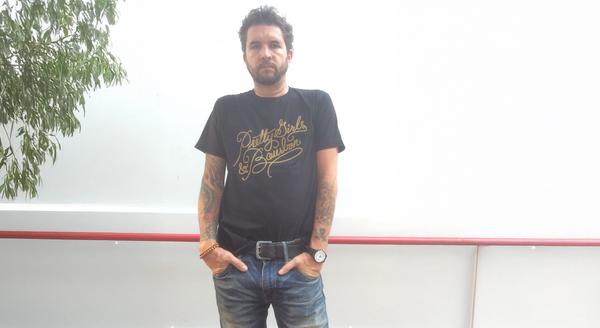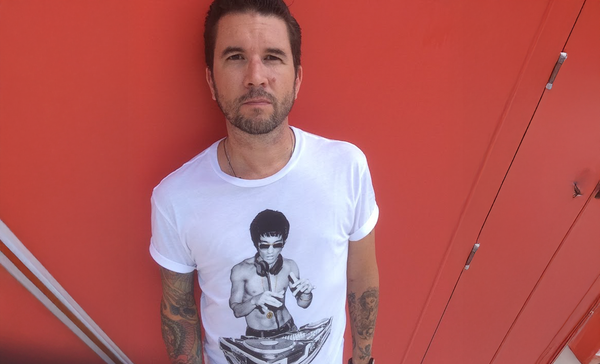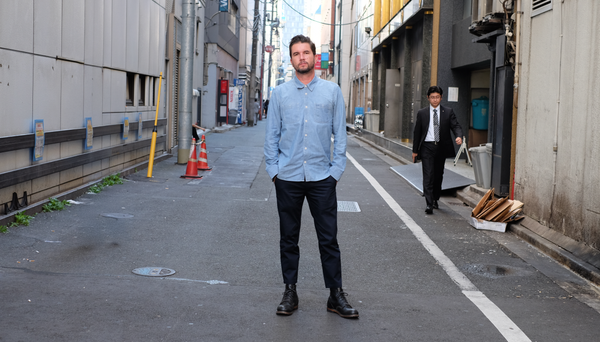Prototyping at the Speed of Thought: Why I’m Exploring VIBE Coding

This Monday, I’ll be joining the ChatAndBuild Mini Hackathon, hosted by Pivotal Research , whose ChatandBuild platform promises that anyone can prototype software applications through natural language conversations. Not lines of code. Not complex IDEs. Just a conversation.
I think I met Christel Buchanan, the founder of Pivotal, within weeks of moving to Singapore, over 14 years ago, before she landed at Twitter. Her journey from University to Twitter, Brandwatch, Bolt, and now Pivotal has always inspired me. And if you add her double Master’s in AI, from Oxford, no less, she is the right person at the right time to pay attention to.
But enough about her, let’s get back to me.
From Conversation to Creation
Now, I’m not a coder. I don’t pretend to be. But I do a lot of the work that requires a blend of strategy, creativity, and technology. I’ve always been curious about how emerging tools shift the balance between idea and execution. As it’s being called, VIBE coding is one of those shifts.
On the surface, it may sound pretty funky. A new name for no-code. A toy for non-technical dreamers. I get it, hardcore programmers are probably rolling their eyes. But to dismiss it as a novelty is to miss what’s happening. Something important is unfolding here.
VIBE coding isn’t just about simplifying the front end of development. It’s about removing the friction between imagination and interaction. It turns interface design into a conversation. It allows people like me, who think in systems, narratives, and user flows, to play again. To test, explore, and prototype ideas without waiting in a queue or writing a brief.
My first experience in coding, if you call it that, was writing “For Next” loops in BASIC, on my TRS-80 Model 1, with 4K of RAM and a cassette drive, to turn pixels on and off to simulate animation. That was a long time ago.
VIBE as a Thinking Surface
The value of VIBE is immediate for those of us working in strategy or creative. VIBE tools allow me to build thought experiments that run. I can pressure-test a concept, mock up a user journey, simulate an onboarding flow, or visualize a digital service, all without asking an engineer to burn a sprint.
In my world of branding, strategy, product vision, and campaign development, this is no small shift. It’s akin to what tools like Midjourney and Runway have done for visual pre-viz or what synthetic audiences have done for early-stage narrative testing. These are not final executions. They are fast, flexible thinking surfaces.
For me, the real power of AI lies not in automation, but in acceleration. It compresses the gap between hypothesis and feedback. VIBE coding does just that for software and service ideas. I can move from “What if we built…” to a working demo in the span of a conversation. And once I’ve hit the edges of what the platform can do, I can hand it over to a real development team, with clarity, context, and confidence.
This is not about replacing engineers. It’s about raising the resolution of the early idea. Giving shape to intent. And that's a competitive edge in the hands of someone who knows how to ask better questions (ahem).
So on Monday, I’ll be there, not as a hacker but as a translator, not writing code but exploring how conversations can be code. I am also testing whether this new way of building can be part of how I think, design, and lead in the age of AI.
Let’s see where the experiment takes us.
Curiosity builds momentum.
I don’t go to hackathons to win. I see what happens when I show up with questions, not answers. Let's talk if you’re exploring new ways to think, test, or build, especially in this new era of AI-enabled creativity. I’m always looking for fellow travelers who prefer discovery over certainty.
And buy my book. (You know I have to keep promoting it!)
I May Be Right is a reader-supported publication. To receive new posts and support my work, consider becoming a free or paid subscriber.



